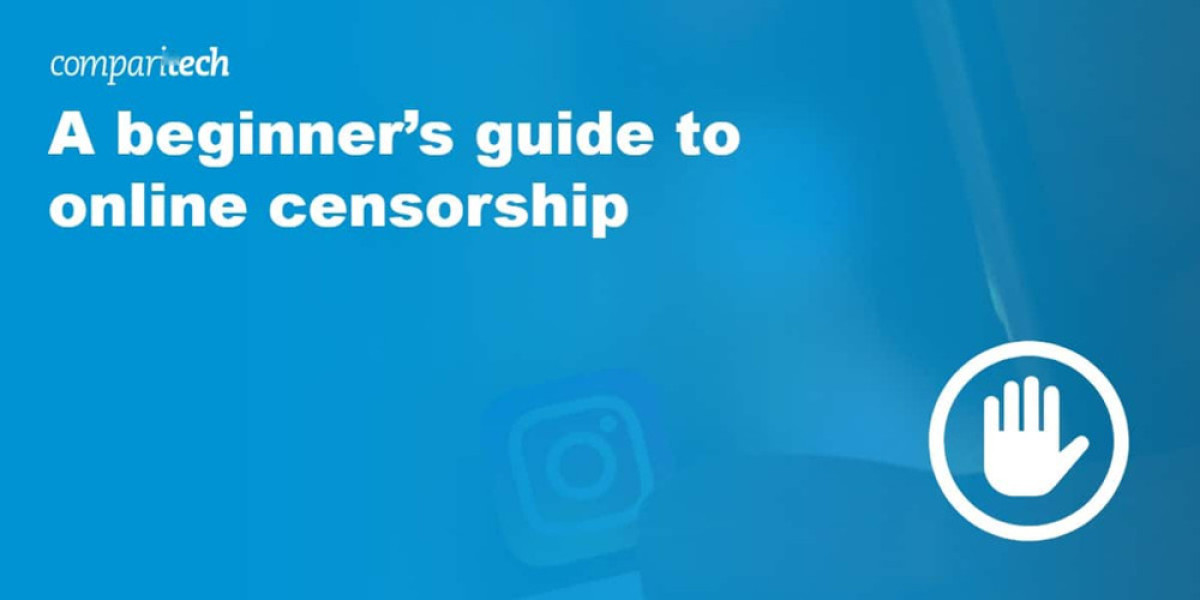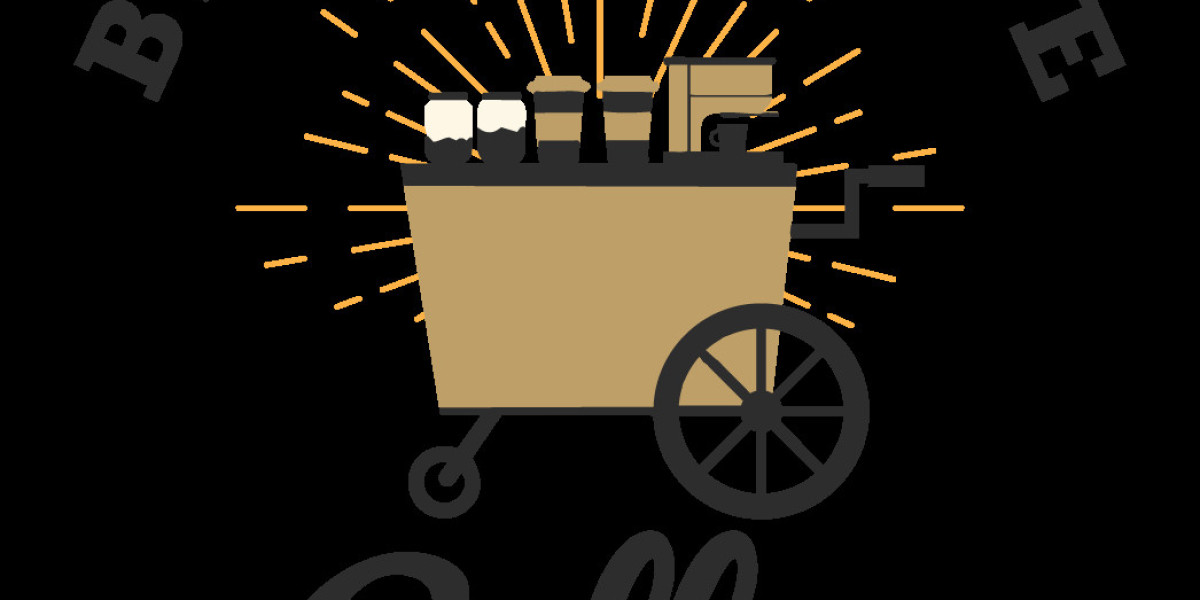The internet’s promise of open exchange is at risk when content is blocked, filtered, or removed. Silencing voices online narrows public debate, distorts access to facts, and concentrates power in governments and corporations.
Who controls what people see varies.
Some states impose strict online restrictions to curb political opposition and control narratives.
Private companies can remove or hide material to protect profits, comply with regulators, or avoid controversy.
Individual users also shape information flows by blocking or muting others, creating echo chambers.
State censorship often looks like widespread website and app blocks, keyword monitoring, and penalties for dissidents.
China is a prominent example: foreign search engines and social platforms are largely inaccessible there, domestic alternatives have grown in that void, and online speech is closely monitored and policed.
Other governments have temporarily or permanently restricted social networks and messaging services during protests or security operations.
Corporations exercise censorship in multiple ways.
Platforms remove content for violating policies, sometimes inconsistently.
ISPs and content distributors can throttle or prioritize traffic, influencing which services work best for users.
Companies may also suppress criticism internally by disciplining employees who speak out, or externally by editing or removing content that harms their brand or partners.
Net neutrality is central to this debate.
If internet traffic is treated unequally, companies that control networks can steer users toward content that benefits their bottom line and slow down rivals.
Regulatory approaches have shifted over time in countries like the United States; the rules that govern equal treatment of data can determine how open the web remains.
What gets censored ranges widely.
Entire websites and apps can be blocked.
Individual posts, articles, or search results may be suppressed.
Specific people, events, or movements—especially those embarrassing to authorities—are frequent targets.
Communication tools that enable private or encrypted conversations attract particular scrutiny.
Technical methods of censorship include:
IP-level blocking to make sites unreachable.
DNS manipulation to prevent domain resolution.
Keyword filtering and automated moderation that remove or hide text.
Manual takedowns and account suspensions enforced by human reviewers or state directives.
Some parts of the internet are hidden for reasons other than censorship.
The deep web contains private or unindexed material—cloud files, academic databases, archived pages—that search engines don’t show.
The darknet, a small slice of that space accessible via anonymity tools like Tor, hosts both legitimate privacy-focused services and illegal marketplaces.
Encrypted messaging and privacy tools complicate control.
Apps that use end-to-end encryption limit third-party access to communications, which is why some governments have restricted or temporarily blocked such services citing public-safety concerns.
At the same time, domestic alternatives in censored markets often cooperate with authorities and implement content controls.
Censorship debates often involve children and vulnerable users.
Many argue for restrictions to shield minors from harmful content, while others warn that overbroad measures can block useful information and chill speech.
Striking a balance between protecting young people and preserving free expression is a persistent policy challenge.
How individuals and groups can respond:
Support organizations that defend digital rights and free expression.
Learn your legal rights regarding online speech in your country.
Use privacy-enhancing tools—VPNs, encrypted messengers, Tor—carefully and with awareness of local laws.
Keep records of removals or blocks and, where possible, pursue remedies through courts or regulatory bodies.
Which countries censor the most depends on both scope and sophistication.
Some governments deploy large-scale, technical filtering and active monitoring, while others use intermittent shutdowns and legal pressure.
Patterns of censorship evolve as technology and political priorities change.
Censorship and intellectual property intersect too.
Copyright enforcement can justify removal of material, but takedown systems are sometimes used to suppress criticism or inconvenient content under the guise of rights protection.
The result is a complex landscape: open-ended technical measures, corporate content policies, legal frameworks, and individual choices all shape what the public can access online.
Staying informed, supporting transparent rules, and using privacy tools responsibly are practical steps for preserving a freer, more open internet.Control over internet access is exercised at many technical chokepoints; the most effective for broad censorship is the Internet Service Provider (ISP) that connects most users to the web.
ISPs translate human-readable domain names into machine addresses and route traffic between users and servers, so authorities often instruct ISPs to block particular IP addresses or domain names to cut access to services.
An IP address uniquely identifies devices and servers online; by blacklisting addresses known to belong to proxy services or foreign servers, ISPs can stop large numbers of people from reaching selected content.
Streaming platforms and other services frequently block IP ranges used by VPNs and proxy providers to enforce licensing regions or other restrictions, demonstrating how address-based blocking is used in practice.
Beyond simple IP blocks, DNS manipulation is a powerful censorship tactic: corrupted DNS records can send users to the wrong destination or to nowhere at all.
When a resolver’s cache is poisoned, attempts to visit a site can be rerouted to a dead page, to a state-controlled notice, or even to another site, sometimes creating traffic overloads that resemble DDoS effects.
Because domain names are harder to change consistently than IP addresses, interfering with DNS entries can be a more durable method of preventing access than blocking numeric addresses alone.
Deep Packet Inspection (DPI) inspects the content of data packets as they pass through networks; governments and ISPs use DPI to look for flagged words, URLs, or patterns and then disrupt or block those connections.
On a national scale, DPI systems often replicate packet data to filtering appliances so regular traffic keeps flowing; when disallowed material is detected, connections may be reset repeatedly until communication fails.
Keyword filtering is applied at many layers: messaging apps, search engines, websites, local routers, and ISP infrastructure can all detect and suppress messages or pages that contain sensitive terms.
Some applications—particularly those operating in tightly controlled information environments—automatically remove or block messages containing phrases judged politically or culturally unacceptable.
Network equipment can also combine DNS tampering with content inspection, intercepting queries that include certain words and returning altered DNS responses to block the requested resource.
When automated systems miss something, human reviewers and law enforcement step in: content takedown orders, site removals, and manual moderation remain essential tools of censorship.
States sometimes employ large teams dedicated to monitoring, removing, or forcing removal of online content, and some operate or pay for coordinated online commentary to influence public discourse.
Not all speech is protected everywhere. Legal systems commonly exclude categories like obscenity, child sexual abuse material, defamation, and speech that intentionally incites imminent lawless acts.
Parents typically bear primary responsibility for shielding children from explicit material, while governments and industries use rating systems and age controls to guide access to films, games, and online content.
Courts have repeatedly weighed competing values: legislation that sweeps too broadly to limit online speech has been struck down in some jurisdictions, reinforcing that digital expression often merits strong legal protection.
Many civil-society organizations monitor and defend digital rights: they campaign for net neutrality, support journalists, promote encryption, and challenge overbroad censorship in court and public debate.
You can support these groups by following their work, sharing resources, contacting policymakers, joining advocacy campaigns, and contributing financially to sustain their efforts.
Common technical countermeasures for censorship and surveillance include encryption, anonymity networks, and alternative name resolution services.
Practical steps: use end-to-end encrypted messengers; enable encrypted email where possible; access the web through a trusted VPN or Tor for anonymity; and encrypt local and cloud-stored files.
Switching to public or privacy-respecting DNS resolvers, or using smart DNS services, can sometimes bypass ISP-level DNS interference, though these methods have limits and risks.
Encryption prevents casual or mass eavesdropping: properly implemented cryptography makes intercepted data unreadable to third parties without the right keys.
For whistleblowers and dissidents, combining strong encryption with secure operational habits (device hygiene, compartmentalization, and cautious metadata handling) is critical for safety.
Several indices rank countries on press and internet freedom, including Freedom House, Reporters Without Borders, and research initiatives that track filtering and surveillance worldwide.
Censorship intensity varies: some authoritarian states employ sophisticated, multi-layered systems, while many democracies face subtler pressures or legal tensions over privacy, national security, and harmful content.
Free expression sometimes clashes with intellectual property law: creators’ control over reuse must be balanced against public interest in commentary, scholarship, and reporting.
Fair use (or similar doctrines in other countries) allows limited, transformative uses of copyrighted material—quoting, critiquing, or parodying—without the rightsholder’s permission when socially valuable purposes are served.
Understanding local laws is essential: rights and limits differ by country, so learn the legal protections where you live, and reach out to digital-rights organizations if you believe censorship or surveillance has crossed the line.
Staying informed, supporting watchdog groups, adopting basic security tools, and demanding transparency from governments and providers are practical ways to help preserve a free and open internet.
What is a Netflix VPN and How to Get One
A Netflix VPN is a specialized virtual private network service that enables viewers to bypass geographical restrictions on Netflix's streaming library, allowing access to shows and movies that might otherwise be unavailable in their location. By routing internet traffic through servers in different countries, a Netflix VPN effectively masks the user's actual location, tricking the platform into displaying content from other regional libraries. This technology has become increasingly popular among streaming enthusiasts who wish to explore Netflix's full global catalog rather than being limited to what's available in their home country.
Why Choose SafeShell as Your Netflix VPN?
If you're looking to access region-restricted content by Netflix VPN, you may want to consider the SafeShell VPN, a powerful solution that can help when your Netflix vpn not working due to outdated software or detection issues. SafeShell VPN offers several impressive benefits that set it apart from other options in the market:
- High-speed dedicated servers that ensure buffer-free streaming of your favorite Netflix content in high definition
- Multi-device compatibility allowing connection of up to five devices simultaneously across Windows, macOS, iOS, Android, and various TV platforms
- Innovative App Mode feature that uniquely enables access to content from multiple Netflix regions at the same time
- Unlimited bandwidth with lightning-fast connection speeds that eliminate buffering and throttling issues
- Advanced security through the proprietary "ShellGuard" VPN protocol that protects your browsing activities
- Risk-free exploration with a flexible free trial plan that lets you test all premium features before committing
SafeShell VPN provides the perfect balance of speed, security, and functionality for anyone serious about accessing global Netflix content without interruptions.
A Step-by-Step Guide to Watch Netflix with SafeShell VPN
To get started with SafeShell Netflix VPN, create an account on the SafeShell site and choose a subscription tier that fits your needs, then download the app that matches your device and complete the installation. After opening the app, sign in with your SafeShell credentials and select the streaming-friendly APP mode to optimize playback and reduce interruptions. Next, pick a server located in the country whose Netflix catalog you want to access (for example US, UK, or Canada), connect and confirm the VPN shows an active/changed IP. Open the Netflix app or go to the Netflix website, sign in, and browse the region-specific library; if a title is blocked, try a different server, clear your browser/app cache, or reconnect until streaming works smoothly. SafeShell Netflix VPN helps simplify switching regions so you can enjoy more content.








